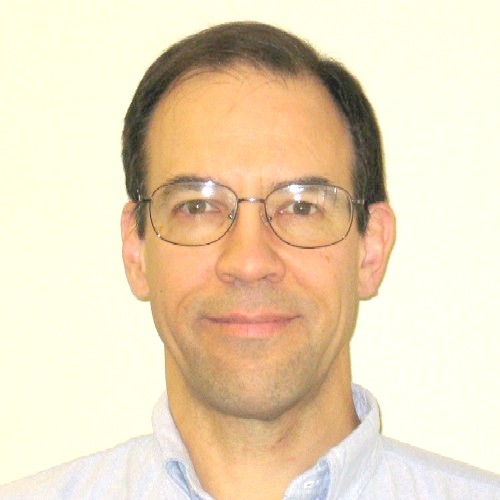
Keynote Speaker:
David Hathaway, IBM
David J. Hathaway received the A.B. degree in physics
and engineering science and the B.E. degree from Dartmouth College in
Hanover, NH in 1978 and 1979, respectively. In 1982 he received the M.E.
degree in electrical engineering from the University of California at
Berkeley. In 1980 and 1981 he worked on digital hardware design at Ampex
Corporation in Redwood City, CA. He joined IBM Corporation in 1981 at
the Essex Junction, VT development laboratory, where he is currently a
Senior Technical Staff Member, and where he has worked on development of
tools and algorithms for logic synthesis, static timing analysis, clock
optimization, architectures for incremental, integrated, design tools,
transistor-level circuit tuning, and power. He holds 30 U.S. patents
with 14 more pending, has published 9 technical papers, and is a senior
member of the IEEE. He is also the business co-director for the Vermont
State Mathematics Coalition.
Static timing analysis of digital designs was developed almost 40 years and has undergone profound changes since. The complexities of delay modeling have grown immensely, from constant delay per stage to complex functions of wiring, process, environment, and neighbor activity. The needs of static timing analysis, logic synthesis, and other design automation tools have tended to reduce some design idiosyncrasies, but the push for larger designs and higher performance have added others. The complexity of accurately predicting the timing implications of even relatively simple design changes has required the integration of timing analysis into other tools and has driven the development of incremental timing analysis. Because performance has become the key design attribute, there has been a strong drive to reduce pessimism from wherever possible, further increasing the complexity of static timing analysis. Specialized circuits and design techniques have been developed to improve timing, and changes have been required in static timing analysis to properly reflect the benefit they provide. Variability both in manufacturing and in operating conditions have driven the need for statistical timing analysis. This talk will explore some of this history, and to extrapolate from that history some of the issues and potential pitfalls we may expect to face in the future.